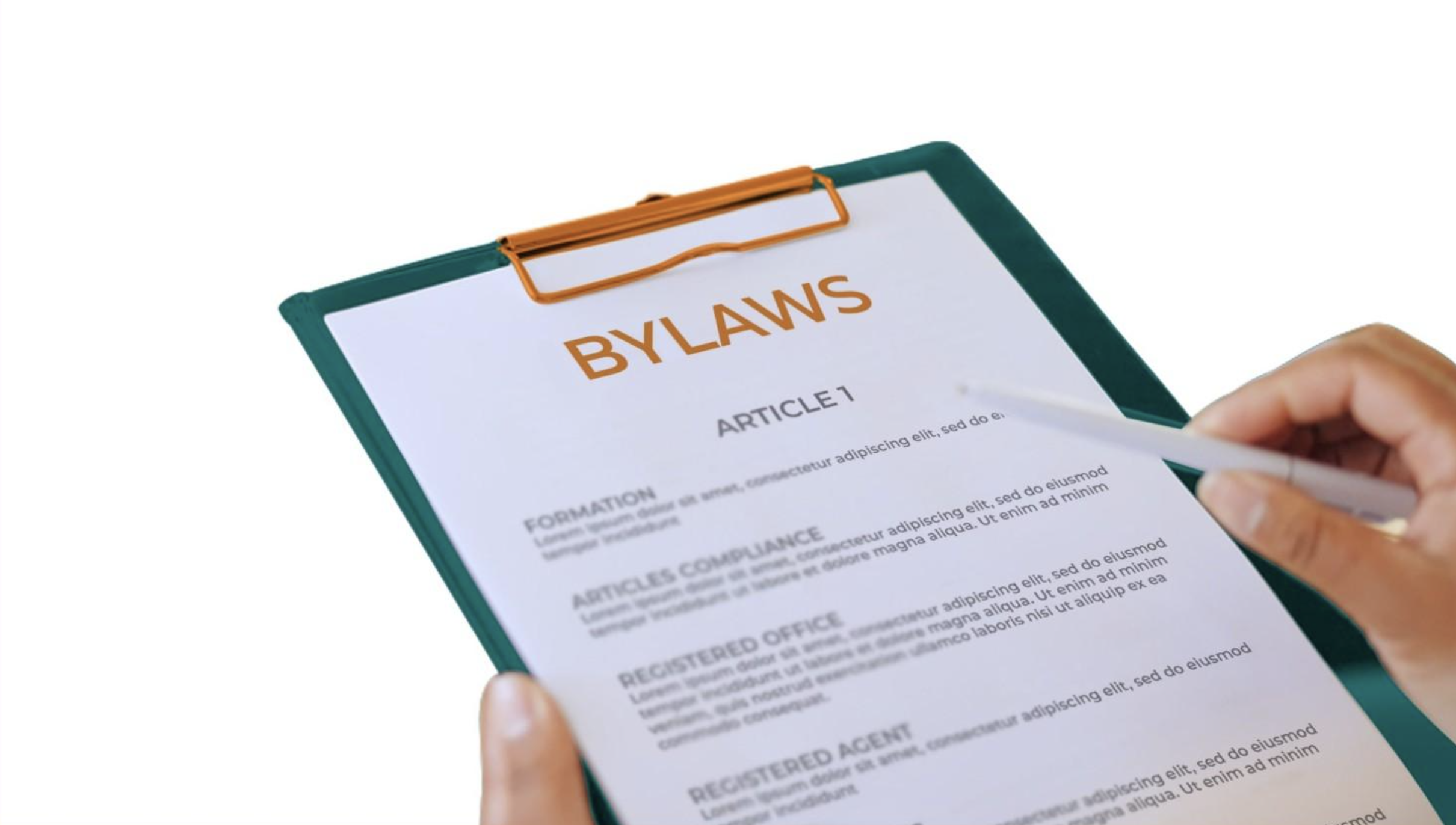
What is the Role of a Secretary in a Booster Club?
Among the various leadership positions within a 501(c)(3) school booster club, the role of Secretary stands as one of the most crucial yet often underappreciated. The Secretary serves as the official record-keeper for the organization, ensuring compliance with legal requirements while maintaining institutional memory. This comprehensive guide explores the responsibilities, best practices, and tools for an effective booster club Secretary.
Core Responsibilities of a Booster Club Secretary
1. Meeting Documentation
The primary responsibility of a Secretary is creating and maintaining accurate meeting minutes. These records serve as the official documentation of all decisions, discussions, and actions taken by the organization. Well-documented minutes are essential for:
- Legal protection for the organization and its board members
- Historical record of decisions and their context
- Tracking action items and responsibilities
- Maintaining 501(c)(3) status compliance
- Providing transparency to members and stakeholders
2. Attendance Tracking
The Secretary typically manages:
- Creating and circulating sign-in sheets
- Recording board member attendance in minutes
- Maintaining historical attendance records
- Tracking membership status
- Identifying potential volunteers based on meeting participation
3. Records Management
Beyond meeting minutes, a Secretary maintains:
- The organization's bylaws and amendments
- Board member contact information
- Committee lists and assignments
- Official correspondence
- Annual reports and filings
- Historical documentation
Creating Effective Meeting Minutes
As a Secretary, your meeting minutes should follow a consistent format. Download a copy of this great template to use to document all your club meeting communications.
Meeting Minute Best Practices
Effective secretaries follow these guidelines:
- Be Objective: Record what happened without editorial comments
- Focus on Decisions: Emphasize motions, votes, and outcomes
- Note Action Items Clearly: Highlight who is responsible for what by when
- Be Concise: Summarize discussions rather than transcribing verbatim
- Track Attendance: Record who attended and any notable absences
- Document Motions Precisely: Include who made the motion, who seconded, and the result
- Distribute Promptly: Share draft minutes within 3-7 days of the meeting
- Maintain Consistency: Use the same format for all minutes
Attendance Tracking Tools
Creating effective sign-in sheets is another key responsibility. Use this Booster Club Meeting Sign-In Sheet to document all attendees.
Secretary's Role in IRS Compliance
As a 501(c)(3) organization, your booster club must maintain proper documentation for tax purposes. The Secretary plays a vital role in:
- Ensuring Minutes Document Financial Decisions: All financial approvals must be recorded
- Tracking Donor Acknowledgments: Confirming thank-you letters for donations over $250
- Supporting Annual Filings: Providing meeting records needed for Form 990 or 990-EZ
- Documenting Policy Approvals: Recording adoption of required policies like conflict of interest
- Maintaining Bylaws: Ensuring governing documents remain current and reflect actual practice
Digital Tools for Modern Secretaries
Today's booster club secretaries can leverage technology:
- Cloud Storage: Using Google Drive or Dropbox for document organization
- Meeting Platforms: Utilizing Zoom or Microsoft Teams with recording capabilities
- Collaboration Tools: Employing Google Docs for real-time editing and sharing
- Email Management: Creating dedicated secretary email accounts for continuity
- Digital Signatures: Implementing tools like DocuSign for remote approvals
Secretary's Timeline: A Month in the Life
Here's what a typical monthly workflow looks like for a booster club Secretary:
Before the Meeting:
- Prepare and distribute agenda (often in collaboration with President)
- Review previous minutes and action items
- Prepare sign-in sheets
- Gather any necessary documentation
During the Meeting:
- Take comprehensive notes
- Track attendance
- Record motions, seconds, and voting results
- Highlight action items and assignments
After the Meeting:
- Draft minutes within 3-7 days
- Distribute draft minutes to board members
- Follow up on action items
- File official documents
- Prepare for next meeting
Real-World Example: A Secretary in Action
To understand how these responsibilities come together, let's look at a sample of completed meeting minutes from a booster club Secretary.
Tips for New Secretaries
If you've recently taken on the Secretary role in your booster club:
- Study Your Bylaws: Understand what specific duties are outlined for your position
- Establish a System: Create a consistent process for managing documents
- Ask for Examples: Review past minutes to maintain consistency
- Focus on Accuracy: Double-check names, amounts, and dates
- Prepare Templates: Create reusable formats for common documents
- Learn Parliamentary Procedure: Understand the basics of Robert's Rules of Order
- Collaborate with Officers: Work closely with the President and Treasurer
Conclusion
The Secretary role in a 501(c)(3) booster club extends far beyond simply "taking notes." As the official record-keeper, you help ensure legal compliance, organizational continuity, and transparent operations. By maintaining comprehensive, accurate documentation, you contribute significantly to your booster club's success and sustainability.
Whether you're a new Secretary looking to understand your responsibilities or a veteran seeking to improve your processes, implementing these best practices and templates will help you fulfill this vital role effectively. Remember that your diligent record-keeping not only protects your organization legally but also builds trust with your members, donors, and school community.
Simplify Communications from App to Website




.png)